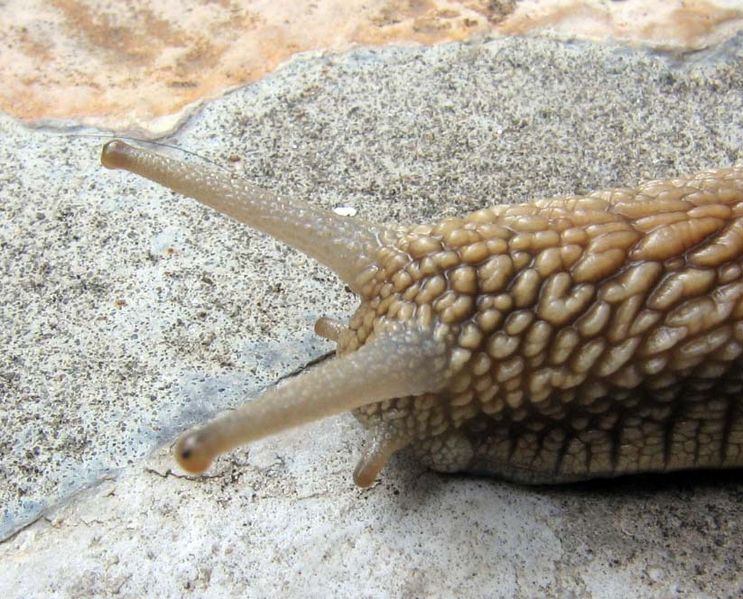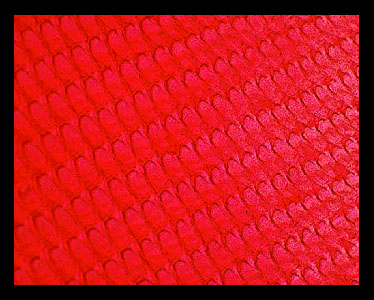Nutrition
There is not a lot known about the diet of the species Mesodon sanus, however, there is knowledge of the diet of other land snails that live in their same region. Some of these other land snails in this region are generally herbivores eating plant stems, leaves, leaf litter, wood, mushrooms as well as other fungi (Dourson, 2010). These snails have some very sensitive devices which are helpful in finding sources of food. They use chemoreceptors found on their lower tentacles to sense and judge possible meals (Dourson, 2010). When these snails find a source of food, they use their foot and mouth to first touch their food and then begin to consume the food (Dourson, 2010). Chitin lines part of the esophagus containing a ribbed sorting region (Gastropoda, 2002). Continuing further down the digestive tract, a style sac is found at the end of the esophagus toward the intestinal opening (Gastropoda, 2002). The style sac is a deep channel that extends the span of the stomach (Gastropoda, 2002). Material is focused and moved into the channels of the digestive gland and the non-digestible material is compressed and moved straight to the intestine (Gastropoda, 2002). The length of time that it takes for a land snail in this region to eat is varied and can take only a few minutes to up to an hour (Dourson, 2010). This species has established a complex digestive system to adapt to its diet.
One of the important characteristics that Mesodon sanus has evolved is the device called the radula to help with feeding. The radula is an organ which is used for scraping and rasping food (Hickman, et. al 2012). Rows of teeth are found on this membrane and are oriented backward to increase food intake (Hickman, et. al 2012). A Gastropod’s radula can have as little as 16 teeth or as numerous as 750,000 (Gastropoda, 2002). The supporting cartilage of the radula, the odontophore, as well as the radula are, used to move food into the mouth using the extender and retractor muscles (Hickman, et. al 2012). This structure can have a vast range in the number of teeth it possesses which can carry food in a continuous fashion to the digestive system (Hickman, et. al 2012). Also, gastropods have a closed digestive system which means that they have a mouth and anus connected through a series of digestive organs (Hickman, et. al 2012). There are a number of organs that work together in the digestive process. Some of the organs that make up this digestion system are the crop, salivary gland, stomach, intestine, digestive gland, liver and anus (Hickman, et. al 2012). The salivary glands and/or digestive gland secrete an enzyme needed in digestion (Gastropoda, 2002). Digestion is extracellular and usually occurs in the stomach lumen and digestive glands (Hickman, et. al 2012). Absorption of intracellular ingestion occurs in the liver (Gastropoda, 2002). Gastropods use these structures to enhance their digestion of food.
If you would like to learn about this species Reproduction, please continue on to the next page.

